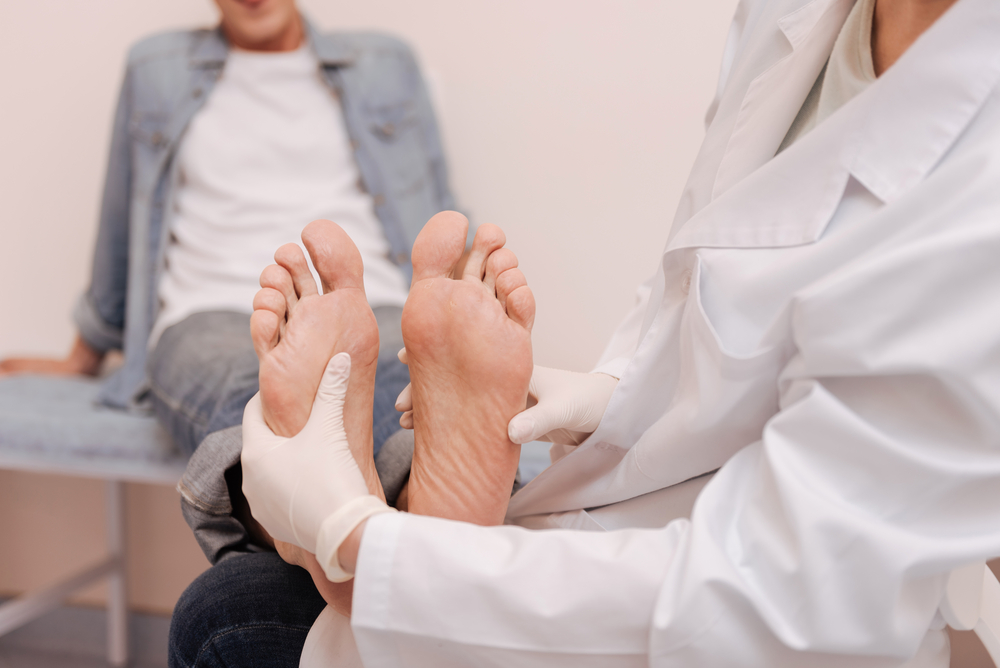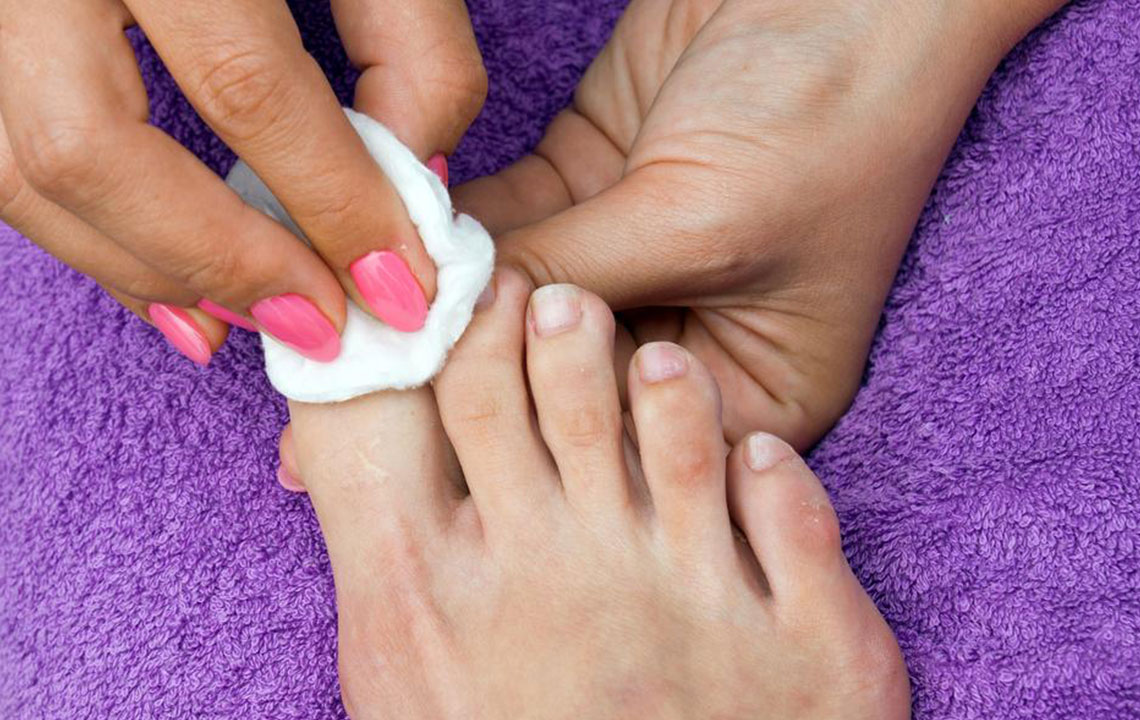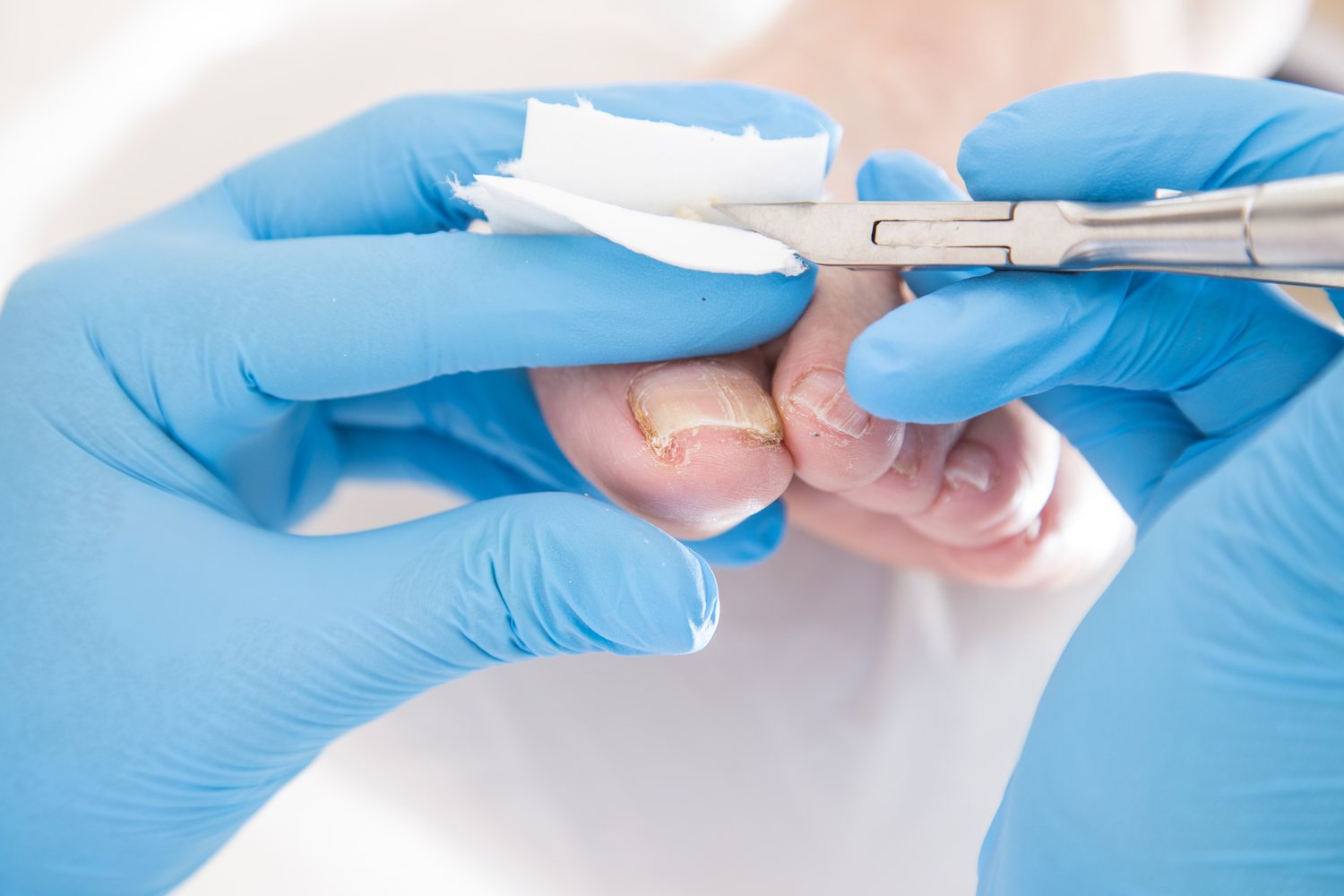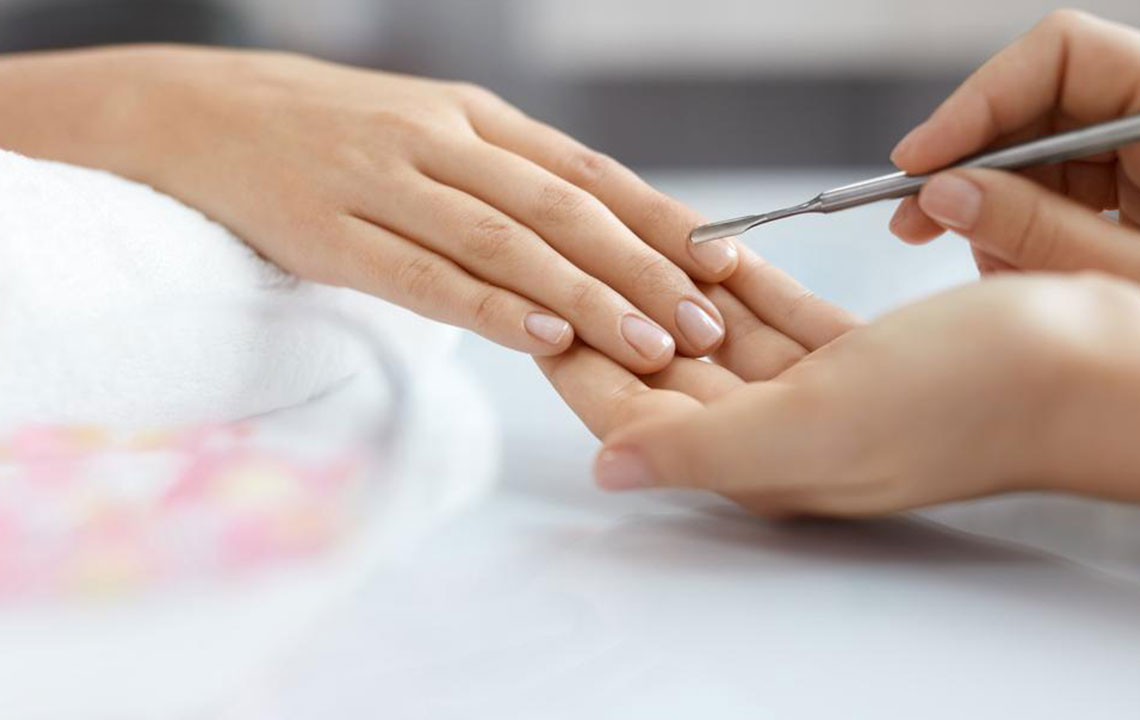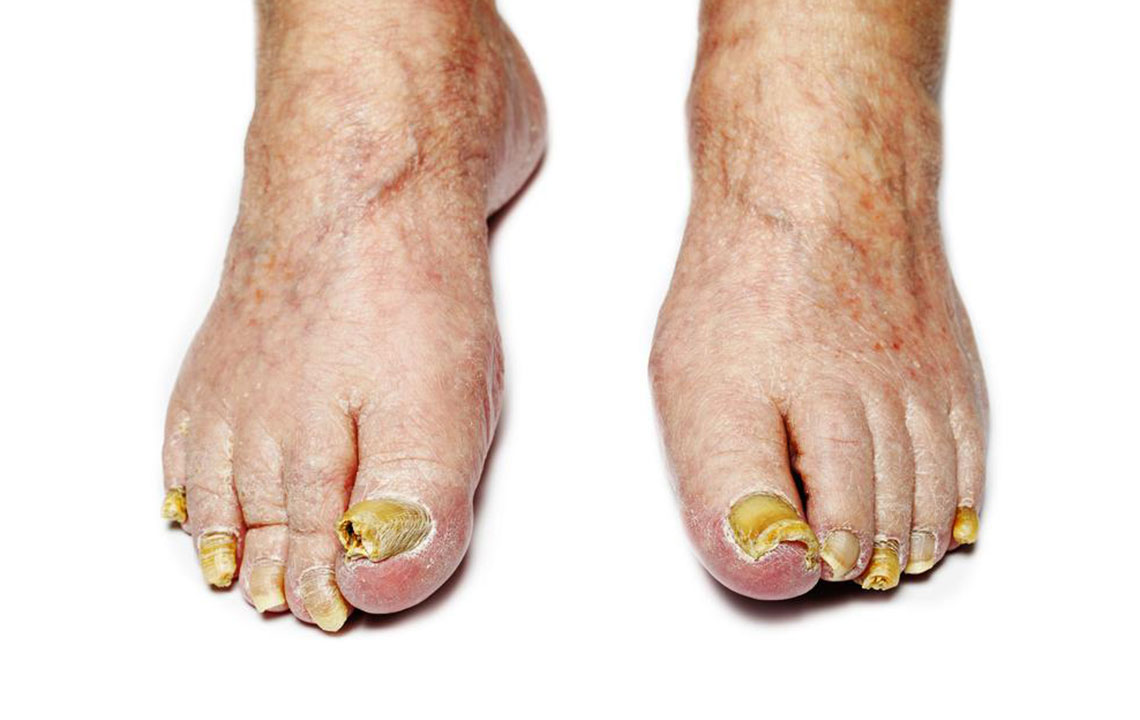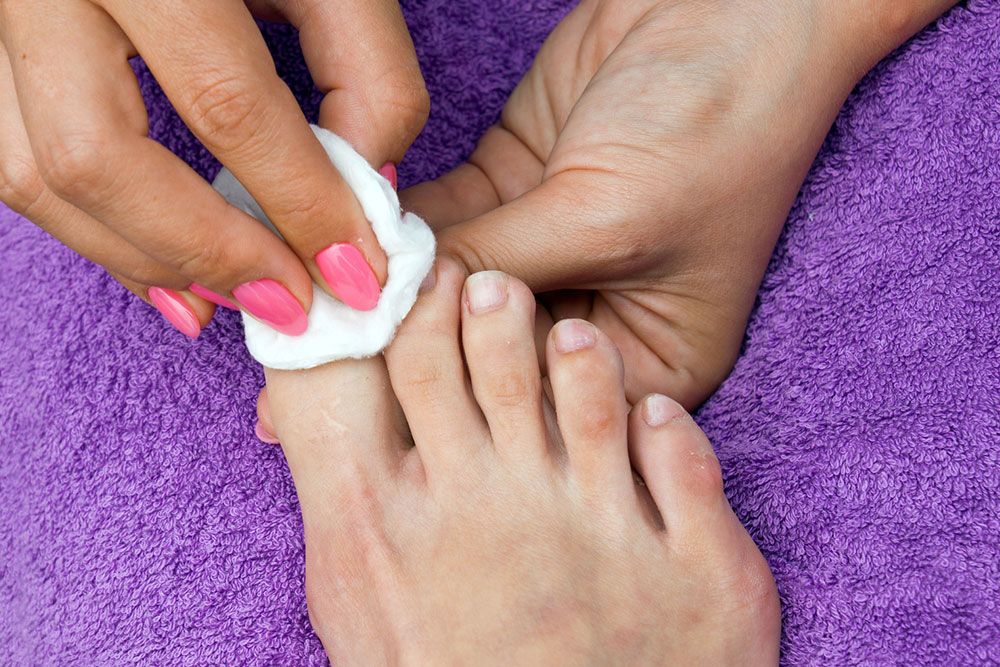Common Nail Disorders and Their Underlying Causes
Discover the common types of nail disorders, their causes, and the importance of timely medical intervention. From infections like paronychia to structural issues such as thickened nails, this guide offers essential insights into maintaining healthy nails and recognizing warning signs for early treatment.

Common Nail Disorders and Their Underlying Causes
Nails are delicate body parts that can easily be affected by various health issues, especially when hygiene is neglected. They are particularly vulnerable to fungal infections and other ailments. Prompt medical attention is essential if you notice symptoms such as nail fungus or other nail-related problems. Here are some of the most common nail conditions that may affect your nails and their causes.
Paronychia: This infection occurs when fungi or viruses invade the skin around the nails, leading to inflammation of the nail folds. It often results from cracks or breaks in the skin, making it crucial to seek treatment with antifungal medications promptly.
This condition can develop when the nail fold, nail plate, or nearby tissue sustain damage or infection.
Pseudomonas: A bacterial infection affecting the nails, often occurring between the nail plate and nail bed. It is caused by mold exposure and manifests with discoloration of the nail or surrounding tissues. Anti-bacterial topical creams are effective for treatment.
Onycholysis: Also known as nail detachment, this occurs when part of the nail begins to waste or detach due to poor hygiene or injury. It commonly affects the small toes and may result in the nail falling off completely. Treatments vary based on the cause, such as injuries or infections.
Nail Hyperplasia: This condition causes the nails to thicken excessively, often due to internal health issues. Immediate medical consultation is necessary to identify and treat the underlying problem effectively.
It’s important to pay attention to any persistent nail changes, as they could indicate underlying health concerns. Consulting a healthcare professional for proper diagnosis and treatment is recommended.

